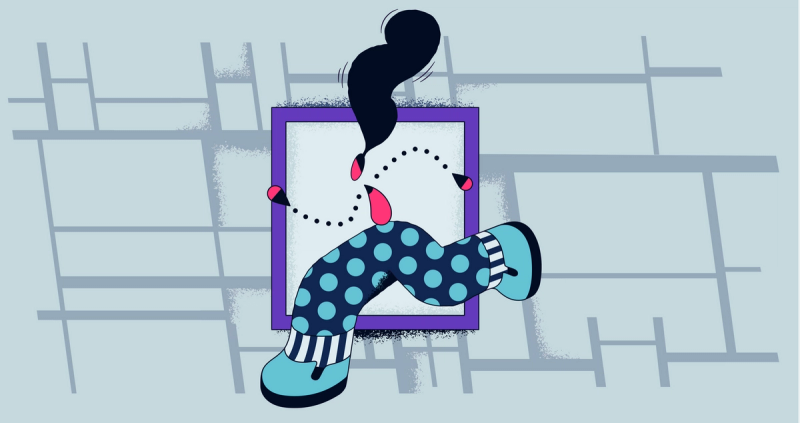
Designing Beyond the Screen

Contrary to some beliefs, the design process does not start with building designs. In actuality, designing a finished product is a holistic affair that involves an examination of not only the user’s workflow, but also the environment in which they are working.
To design beyond the screen is to design the user’s interaction with the product. A successful design defines the marriage between user and product, so that the two work in tandem to efficiently complete their necessary tasks.
Design is the convergence of art and function, and a successful design process starts with consideration for the client’s existing branding and software. I firmly believe a well-implemented design should socket seamlessly into the enterprise’s ecosystem.
Making Customer Experience Functional
To facilitate the harmony between art and function, successful designers must take a step back and answer the right questions. For CPAP.com, our team at Umbrage asked how we could maintain a smooth checkout process while adding additional choices. We understood that we couldn’t just slap a “PAY NOW” button on the website’s screen and call it done, so we did the work to provide an elegant solution by understanding how CPAP.com operates to implement a strategy that helps them continue to serve those who need sleep therapy.
During the Umbrage Define & Design (D&D) process, we undertake research to uncover existing resources specific to the business issue. Based on these resources, we declare business assumptions, such as the primary target demographic falls within a certain age range, that helps us create user personas and schedule activities to grasp how users will interact with our product.
For example, with CPAP, we did a deep dive into their checkout process to discover what needed to be done to add Apple Pay as an option for consumers. Our work not only helped to add this payment option, but it also led to more refinements to fix any barriers in the steps to purchasing sleep apnea equipment. We continued to iterate on the designs during development to respond to any changes in required systems to implement the solution.
When Form Meets Function
Once we complete this work, then, and only then, are we ready to dive into designing the product. An efficient design process involves industrialization over time. We create a process that builds upon itself. For example, we set up design systems that have reusable libraries of assets so that we can quickly grab what we need and keep working.
It is also important to test the product. We do site visits to see the real-world variables that impact interactions. If the tests hit snags, it informs us that further iterations are necessary to better suit the end user.
To me, designing digital products is art with a good amount of function. If the design hasn’t helped the user, then it has failed, even if it checks all the boxes of what makes for “good design.” I approach designing beyond the screen as part of our Define and Design process.
Make it Good, But Make it Beautiful
Design thinking and lean UX methodologies has helped to rid the mantra that enterprise software is ugly and hard to use. If we perform proper discovery and put fresh eyes on an existing problem, we can accomplish the consonance between beautiful aesthetics and high functioning software.
The impulse to jump in and just start designing does not just happen with non-designers, junior designers also often jump the gun and try to affect quick change. But in Umbrage’s experience, taking a breath and doing the preliminary work produces a successful product.
Whether it’s through effective persona development or iterative testing and improvements, designing software that carries through beyond the screen is a powerful way to deliver a lasting impression on a user.
Sandy Pham
Director of Product Design
Check out our case study with Cold Bore.
